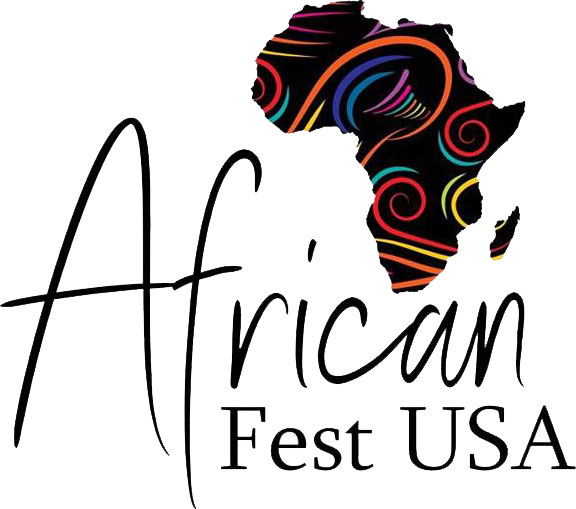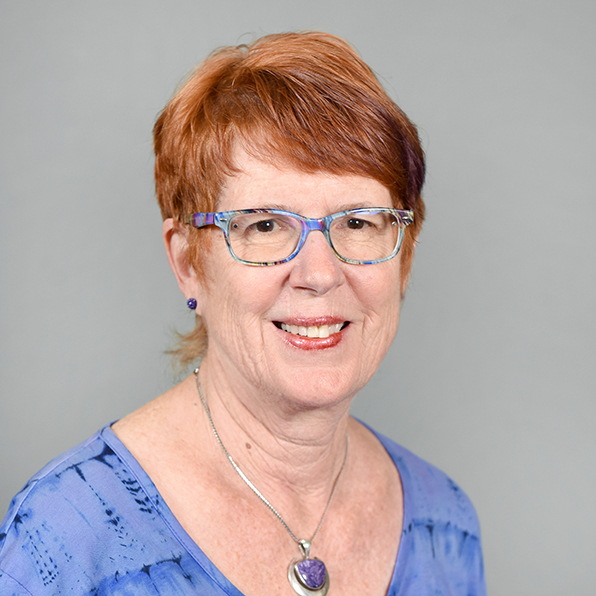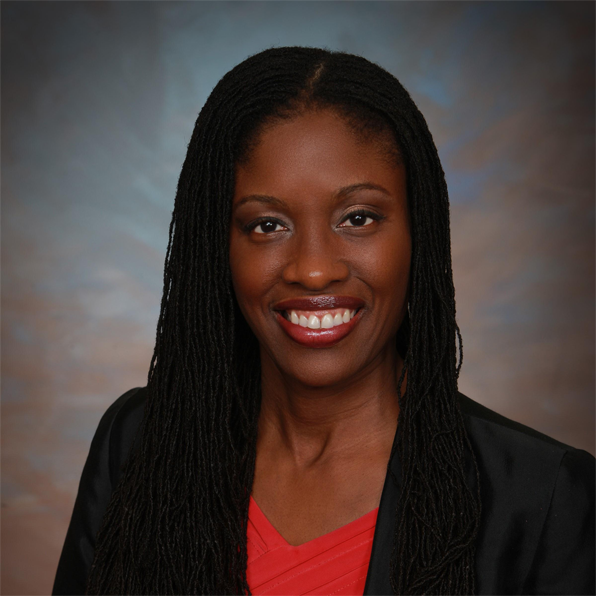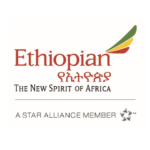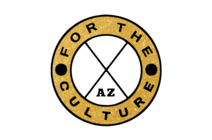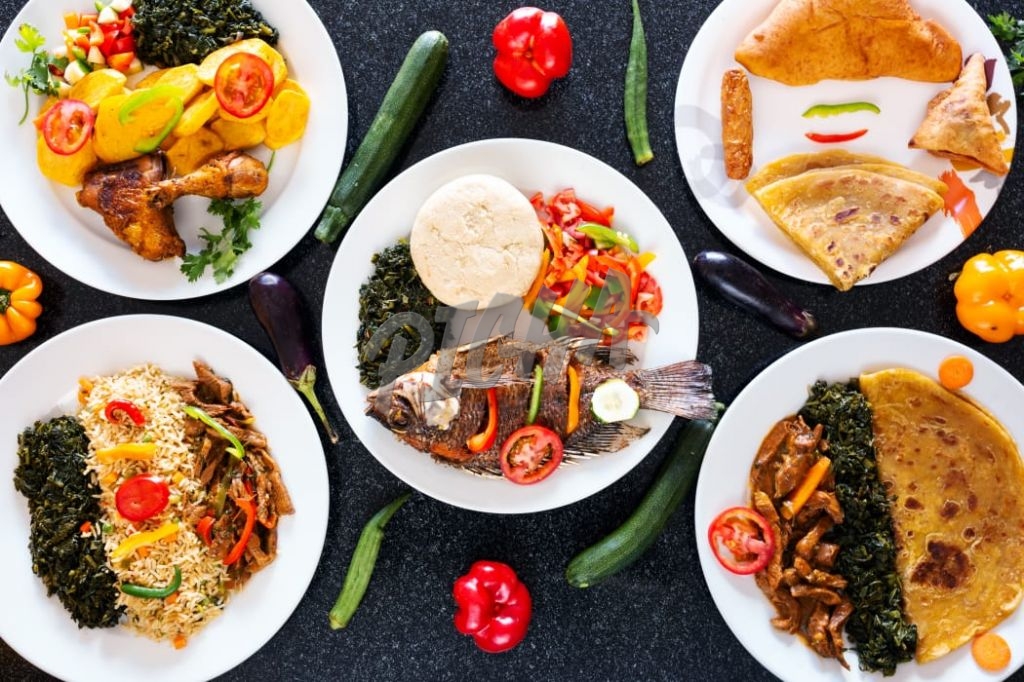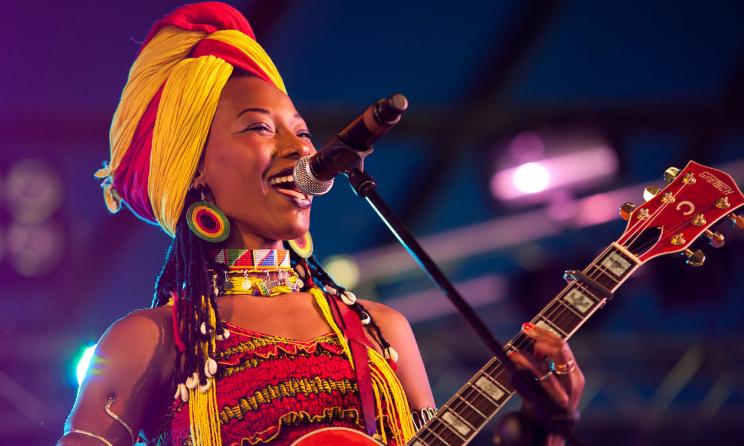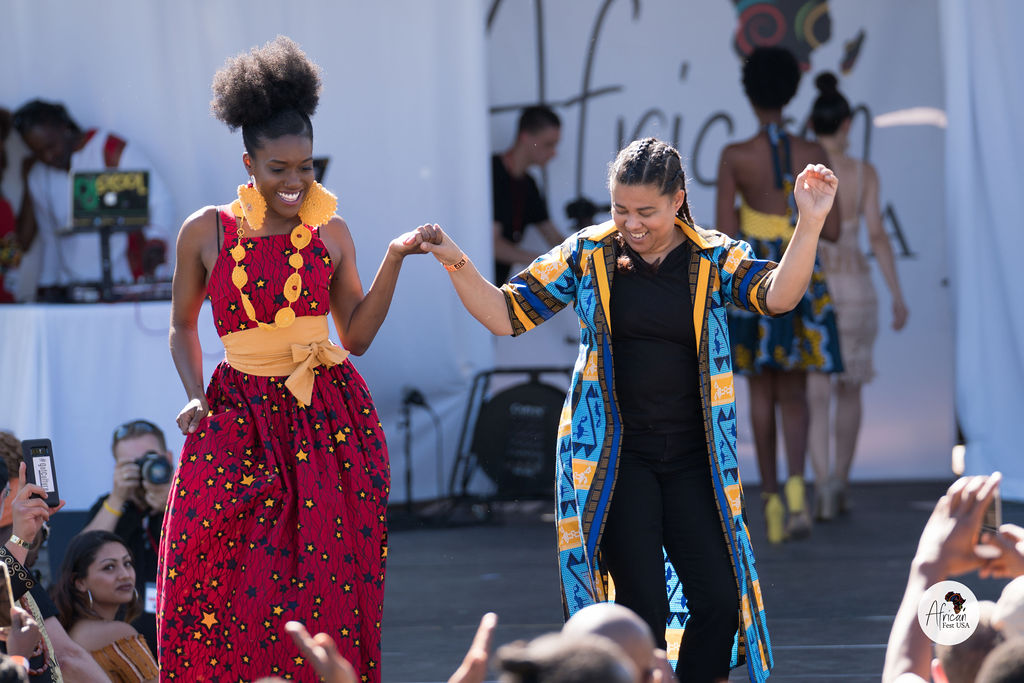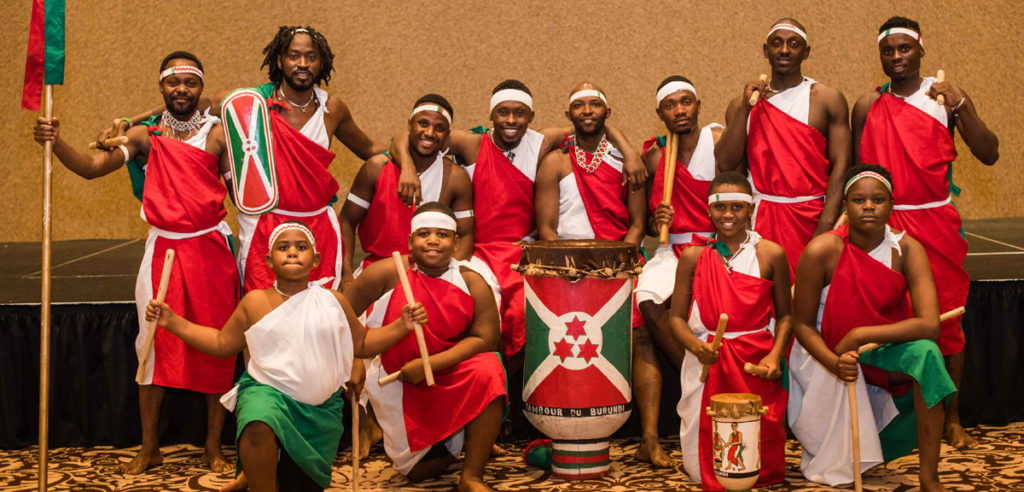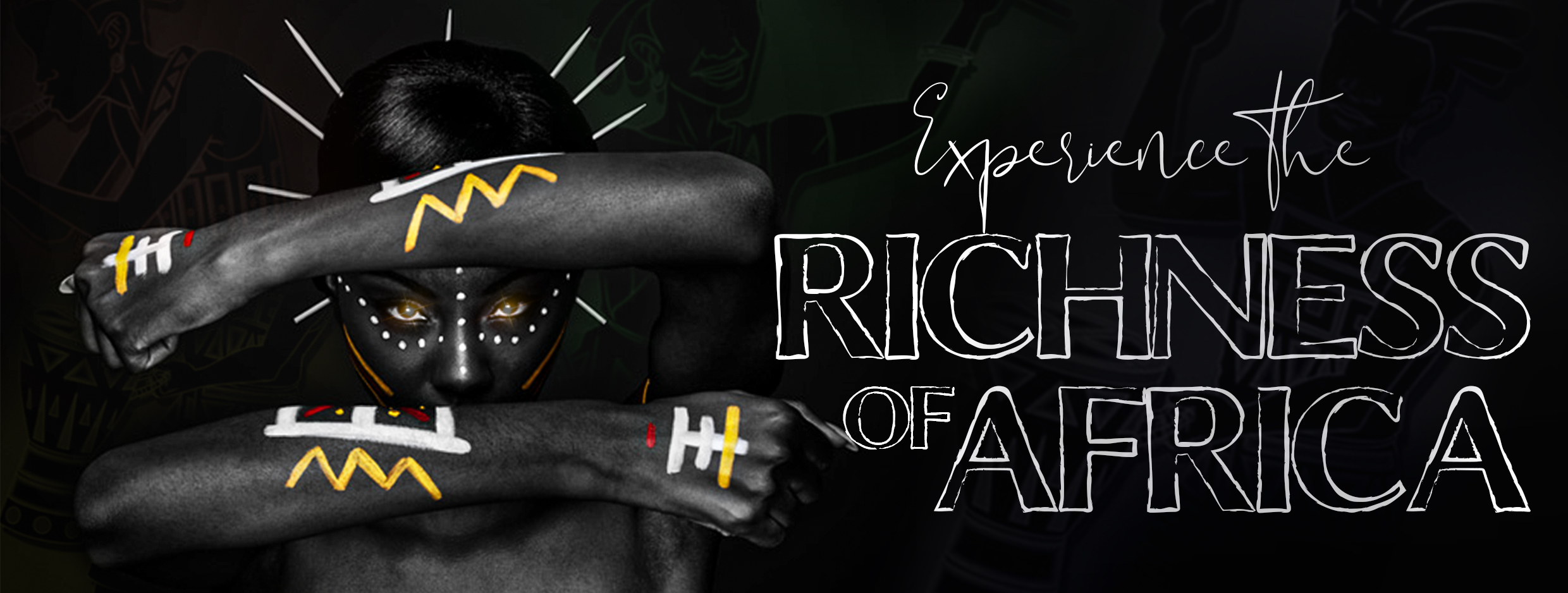
Arizona African Week
African Fest USA is an independent collaborative of professionals for the advancement of African culture.mainly focused on Culture and entertainment; African Fest USA invites and encourages artists, and other professionals to showcase their work and contribute to the ongoing conversation and action across the diaspora.
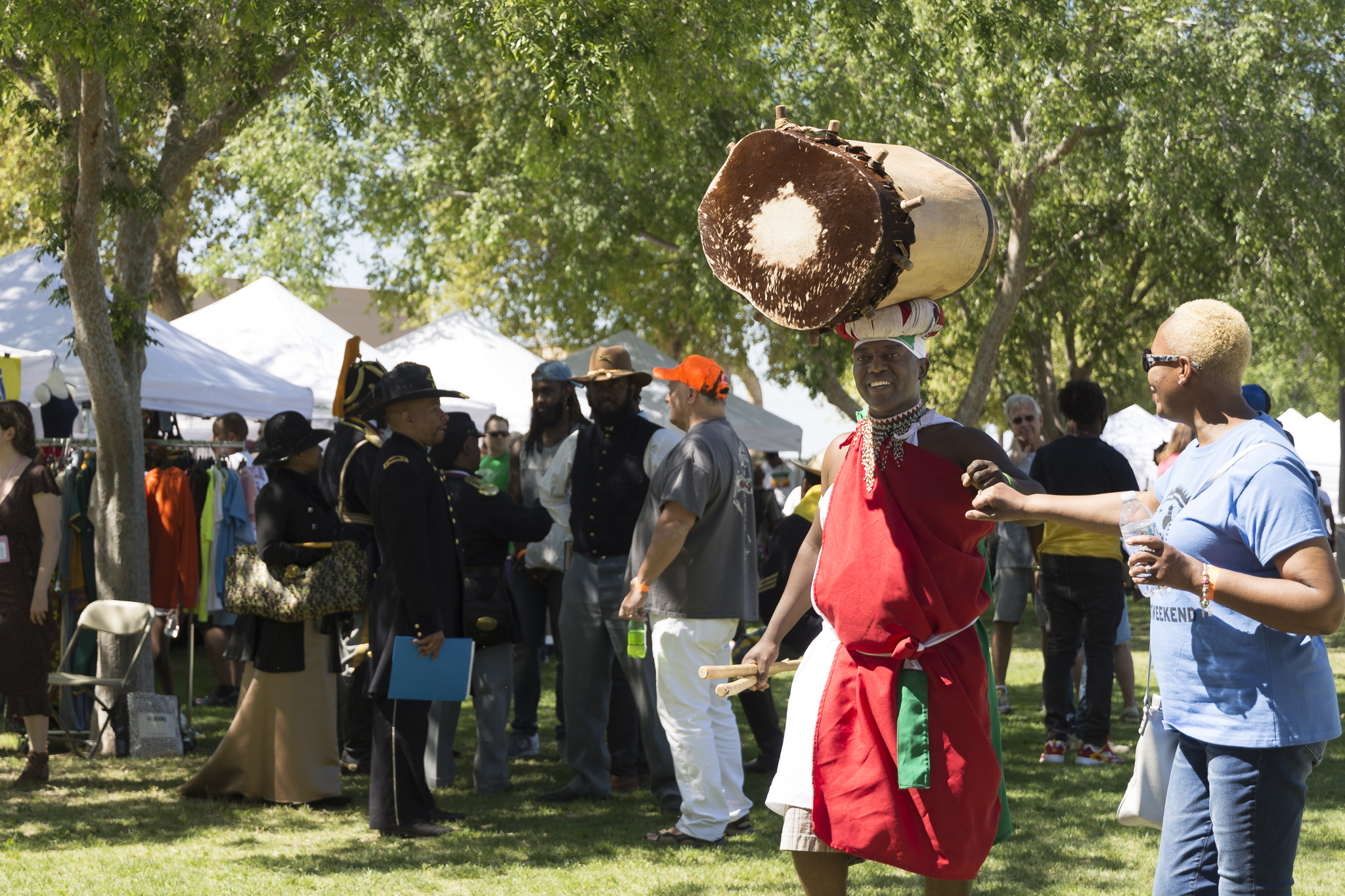

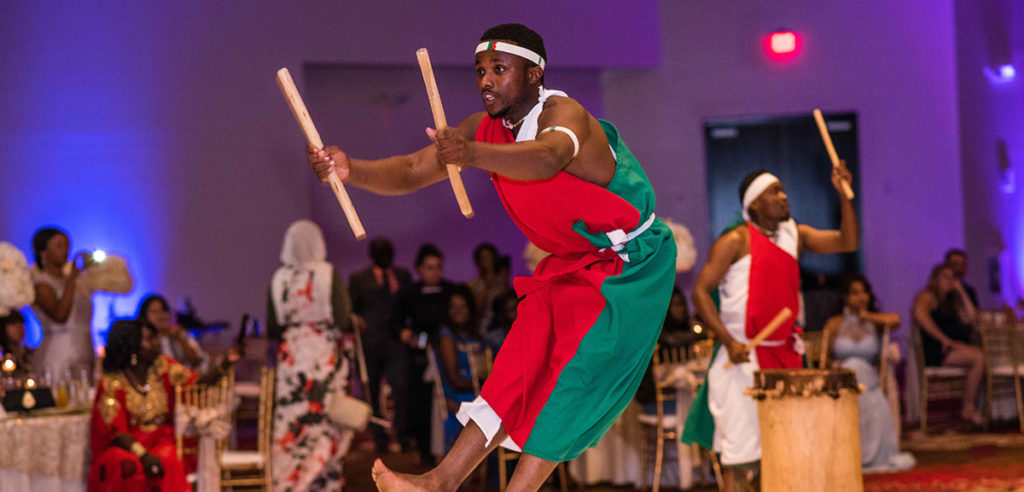
EXPLORE YOUR ROOTS
Discover and immerse yourself in the African Lifestyle
AFRICAN FEST USA 2019 HONOREES
Impacting African lives everyday
How it all unfolded in 2019
A festival filled with adventure and thrills
OUR PROUD SPONSORS
Silver Sponsors
Bronze Sponsors
Sustaining Sponsors
Supporting Sponsors
Have any enquiries?
FOOD
African traditional foods are different based on each tribe tradition, most Africans use a combination of locally available fruits, cereal, grains and vegetables, as well as milk and meat products, and do not usually have food imported. In some parts of the continent, the traditional diet features an abundance of milk, curd and whey products.
The environment plays a huge part in what kinds of foods are consumed in different parts of the African continent. Most cuisines include fruit, grain, vegetables, milk and meat products. Quite a number of cultural groups have very similar foods in their cuisines. For example, a very common maize/corn-based dish is pap, also named ugali, sadza, nsima, nchima, chima, poshto, tuozafi, ubgali, bugali, sokoro, sokora, depending on which part of the continent you are eating it.
MUSIC
African music, given the vastness of the continent, is historically ancient, rich and diverse, with different regions and nations of Africa having many distinct musical traditions. Music in Africa is very important when it comes to religion and social life.
African music is as diverse as the people and has also been influenced by music from the western world. Traditional music in southern Africa usually involves drums and singing, and such instruments as the thumb piano accompanied by rattles made from some dried fruit or vegetable with seeds inside.
art
African art includes modern and historical paintings, sculptures, installations, and other visual cultures from native or indigenous Africans and the African continent.
African arts and craft include sculpture, weaving, beading, painting, pottery, jewelry, headgear and dress. Art from particular regions have distinct characteristics depending on beliefs, values and customs, but common themes found in art include women, couples, children, animals, man with a weapon, or a combination of these. Masks are usually a representation of religious and spiritual beliefs. They are used for traditional ceremonies to honor deities or ancestors.
FASHION
African clothing has a colorful and fascinating history. It stretches back to thousands of years ago! Almost 75,000 years! African fashion is also influenced by foreign cultures and western popular dress code. Merging of new and old has given rise to a very unique African fashion culture. Africa is emerging into the most developing fashion sector in the world.
All You Need to Know About African Fashion
African clothing is taking the fashion industry by storm in these days as it’s the beautiful combination of traditional and modern clothing. The current form of African fashion is the result of gradual change over a century when Arab and European traders entered in Africa and left their impact on the African clothing.
Kaftans
Kaftan is the most liked attire of both African men and women. It’s usually made of cotton and silk with light embroidery over it. In the local language, it’s called boubous which are full-length robes. Initially, the trend of wearing kaftans was only specific to East African women and later it got huge popularity in West African countries like Ghana, Senegal, and Mali.
African Clothing for Ladies
The prints and colors of African clothing distinguish them which ranges from light stone colors to bright indigo color. Beads and embroidery are the essential parts of traditional women’s attire and you always see them wearing heavy jewelry made of stones and copper. Skirts, tie dye, and flamboyant are the popular African attires among the young girls.
African Clothing for Men
Dashikis and boubous are the common traditional outfits of men. Dashikis is a long-sleeved shirt which the locals pair with matching pants and kofia. Kofia is a traditional hat in the form of a small round cap worn by men.
African Clothing for Special Occasions
Africans love to follow their rituals on the wedding and choose traditional attires on their weddings. Long kaftans similar to groom’s dashikis or long white gown are the common outfits for the bride. Most of the guests in weddings are seen in vibrant prints, woven clothes, and wrap skirts. Kente fabric which comes in three colors, i.e. red, orange, and green has also great importance for wedding events.
culture
African culture is varied and manifold, consisting of a mixture of countries with different tribes that each have their own unique characteristic from the continent of Africa. African culture is expressed through arts and crafts, folklore and religion, clothing, food, music and languages.
In African culture, the “self” is not separate from the world, it is united and intermingled with the natural and social environment. It is through relations with one’s community and surroundings that an individual becomes a person of violition, whose actions and decisions affect the entire group rather than just oneself.
The rich and diverse African culture varies not only from one country to another, but within each country as well. The culture of each ethnic group centers on family and can be found in each group’s art, music and oral literature. Throughout Africa, the people speak a variety of languages, practice numerous religions and reside in various types of dwellings.Ethnic groups and African tribes have customs that are unique to their culture. The customs and traditions of each group have been woven into a tapestry as colorful and diverse as the people of Africa themselves.
Some Interesting African Cultures
- Men from the Latuka tribe in Sudan still practice the tradition of kidnapping a woman that they want to marry. After a Latuka man has taken his bride-to-be, he goes back to the father of the woman to ask for his blessing.
- To protect their skin from the sun, the Himba people of northern Namibia cover themselves with a mixture of red soil and milk fat, and so they appear to have reddish skin. The otjize mixture is considered to be a beauty cosmetic. They also use wood ash for cleansing the hair because water is scarce.
- The Algerian men of the Ahaggaren Tuareg group wear a veil almost all the time, occasionally taking them off when in a family group or while they travel.
Dr. Lisa Aubrey
Lisa Aubrey is associate professor of African and African American studies and political science in the School of Social Transformation. In addition to her scholarship, Professor Aubrey has been doing community-embedded work related to reconnecting peoples of the African Diaspora to their heritage lands of Cameroon, Nigeria, and Ghana. She is also involving students in exciting work that brings to life historical knowledge of forgotten slave trade sites in Cameroon and links slave ship records to current family history research. Professor Aubrey is a key player in ASU’s prestigious Mastercard Foundation Scholars Program, recognized by the United Nations for its leadership in education. The program has brought more than 30 promising young scholars from African countries to study in this leadership development program at ASU.
Dr. Beth Blue Swadener
Beth Blue Swadener is professor of Justice Studies and Social & Cultural Pedagogy at Arizona State University. Her research focuses on childhood studies, internationally comparative social policy, with focus on sub-Saharan Africa, and children’s rights and voices. She has co-edited and authored 14 books, including Children and Families “At Promise”; Power and Voice in Research with Children; Does the Village Still Raise the Child?; Decolonizing Research in Cross-Cultural Contexts; Reconceptualizing Early Childhood Care and Education: A Reader, Educating for Social Justice in Early Childhood, and the Routledge International Handbook on Young Children’s Rights. Beth is a co-founder of the Jirani Project, supporting vulnerable children in Kenya with education and guardian support, Reconceptualizing Early Childhood Education (RECE) and Friends of the Girl Child Network .
Dr. Crista Johnson-Agbakwu
Dr. Crista Johnson-Agbakwu, is an Obstetrician/Gynecologist at Valleywise Health (formerly Maricopa Integrated Health System), where she is the Founding Director of the Refugee Women’s Health Clinic (RWHC). She is also a Clinical Research Affiliate of the Southwest Interdisciplinary Research Center (SIRC) at Arizona State University where she is Director of the Office of Refugee Health, and a Research Associate Professor in the School of Social Work, Watts College of Public Service & Community Solutions at Arizona State University.
She received her undergraduate degree from The Johns Hopkins University, medical degree from the Weill Cornell Medicine, and completed her residency in Obstetrics & Gynecology at the George Washington University Medical Center. She subsequently completed a fellowship in Female Sexual Medicine at the University of California, Los Angeles and then became a Robert Wood Johnson Foundation Clinical Scholar at the University of Michigan where she obtained her Masters in Health and Health Care Research examining disparities in reproductive health care among refugees/immigrants through mixed-method Community-Based Participatory Research.
Her current research focuses on investigating strategies to improve sexual and reproductive health outcomes for newly-arrived refugee women, particularly those who have undergone Female Genital Mutilation/Cutting (FGM/C) as well as Sexual and Gender-Based Violence (SGBV); with the aim of improving health care access and utilization, sexual and reproductive health education, counseling, community engagement, as well as enhance health care provider cultural competency.
She has led a federally funded effort through the Office on Women’s Health to improve the provision of health care services, community engagement and provider cultural competency on FGC across the state of Arizona. She has also provided consultative expertise to the Centers for Disease Control and Prevention (CDC) and the World Health Organization (WHO) on refugee women’s health and FGM/C.
